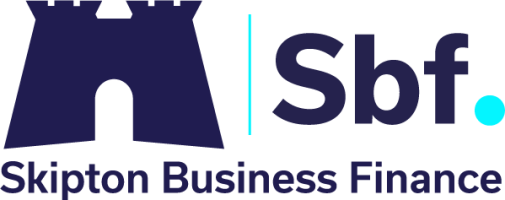What is cashflow?
The definition of cashflow is simple. It refers to the cash flowing in and out of your business during a specific period of time. Cashflow is an indication for the financial health of a business and determines whether a business can pay its current liabilities.
Why is it important?
Considering and keeping a close check on your business’s cashflow is crucial. A healthy cashflow enables you to pay for ongoing commitments such as employee wages, supplier payments and routine monthly costs. It also allows you to invest in the future of your business on top of these payments.
Cashflow vs profit
Cashflow and profit are not the same. A business could have a healthy cashflow but not necessarily be profitable and vice versa. Cashflow is the measurement of money going in and out of the business whereas profit measures the business’s financial gain as a whole.
How does a stable cashflow help with growth?
A consistent and fluent cashflow is key to your business’s growth and ability to plan ahead. It helps with growth by allowing investment, funding new equipment and purchases and increasing wages to help you attract and retain talent. A stable cashflow allows you respond to problems quickly and with readily available working capital.
Having the reassurance of a stable and predictable cashflow can provide incredible benefits to your ability to think strategically, plan ahead and take calculated risks to grow your business.
How does your cashflow affect your customers?
Your business’s cash flow can affect your customers in various ways and it might not always be something that businesses consider. With a positive cashflow, you can scale to meet demand. You can deliver your products or services sooner. You can honour payment terms, or even feel more relaxed and reassured if payment is a bit late.
On the other hand, a negative cashflow might mean losing key customer accounts, having the inability to fulfil large orders, or having a supplier cancel a customer’s order because you are behind on payments. Having limited cash coming into the business could lead to you being understaffed and therefore being unable to provide acceptable customer service. These can all be detrimental to the running of your business.
What are the most common cashflow problems?
The problems created by an inconsistent cashflow can dramatically impact your ability to grow and are more common than you may think. You may experience negative cashflow if you are putting more cash out of then business than you are taking in, often due to out of sync credit terms. When a business extends longer terms to its customers than it receives from its own suppliers, a cashflow gap appears during the difference in those payment terms. Other common cashflow problems include the inability to pay immediate commitments, short-sighted decision-making and an inability to grow the business.
How do late payments affect cashflow?
Every business has incoming payments and outgoing payments. When the outgoing payments of cash go out of your business quicker than cash comes in it creates a cashflow gap. As a result, while waiting on invoice payments, you then don’t have that cash available to fund activities, meaning you can fall short for your own obligations. It can then be possible to create a ‘ripple effect’ throughout the supply chain if one customer pays late. Late payments are one of the top reasons small businesses experience an inconsistent cashflow and often look for alternative means of financing their business.
How do business owners manage cashflow?
Business owners often manage cashflow on an ongoing basis by forecasting the cash coming in and out of the business and making sure they’re collecting enough payments to cover their expenses. Despite their best efforts, this is not always possible. When experiencing an inconsistent cashflow, solutions like Invoice Finance as they ensure a steady stream of cash into the business based on your business’s sales forecast and further freeing up funds for investment, inventory, and other revenue generators.
How does Invoice Finance help with cashflow?
Invoice Finance is one way that many businesses maintain a healthy and consistent cashflow. Often businesses can be on top of everything, have a cashflow plan and do everything right but will still find that late payments occur. It can sometimes be unavoidable, particularly within certain business sectors. When these late payments happen, businesses experience a cashflow gap where the money going out is not covered by the money coming in. What Invoice Finance does is plug this cashflow gap so that businesses can operate as normal, without the restraints of an inconsistent cashflow cycle. The flexible solution offers businesses immediate access to funds locked up in outstanding invoices instead of waiting 30, 60 or even 90 days for their customers to pay them. It allows them to focus on developing and investing in the business and looking forward instead of backwards.
Cashflow is one of the most important things that a business has to consider and it is essential that businesses are prepared for any inconsistencies in their cashflow cycle. At Skipton Business Finance, we offer a range of solutions which aim to help businesses who are looking to achieve this. Find out about these solutions below.
Find out more about our Invoice Finance solutions, designed to help you manage your cashflow:










